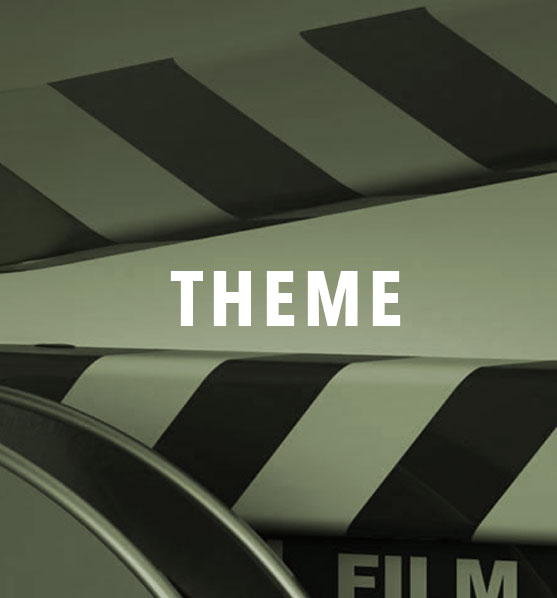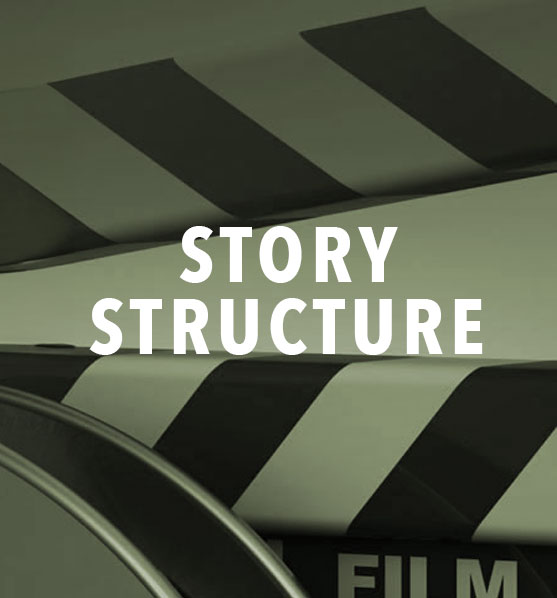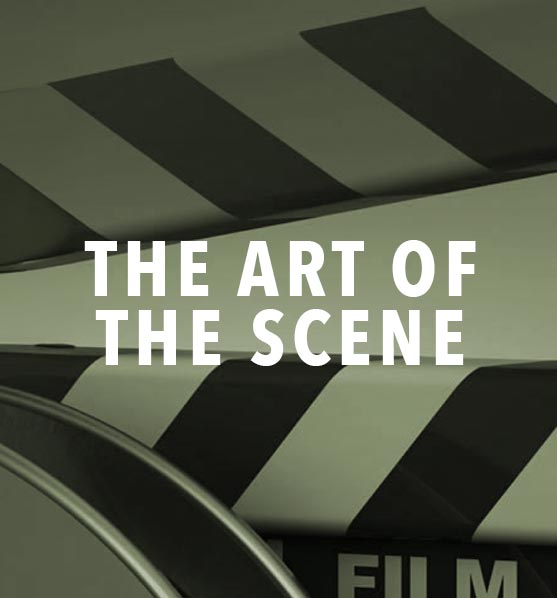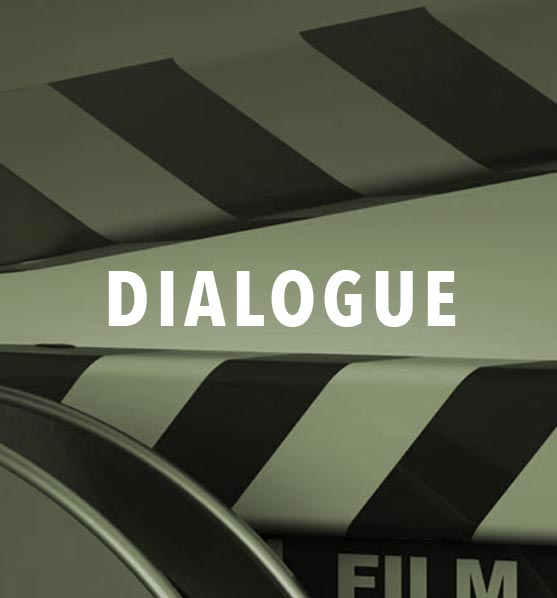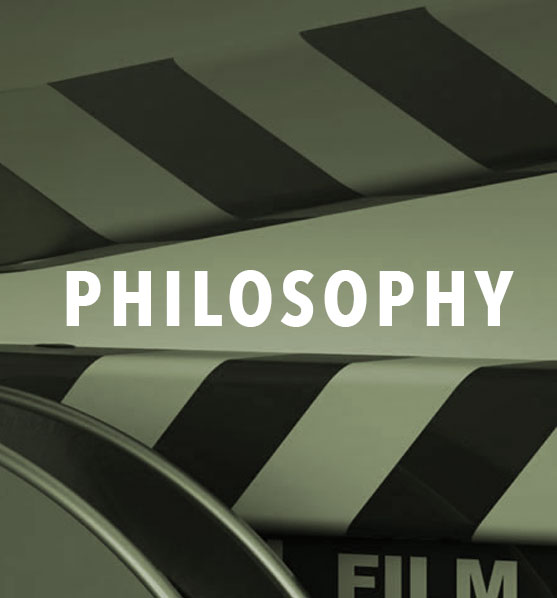QUICK SHEETS
Reference sheets from our round-table discussions
QUICK SHEETS
Reference sheets from our round-table discussions
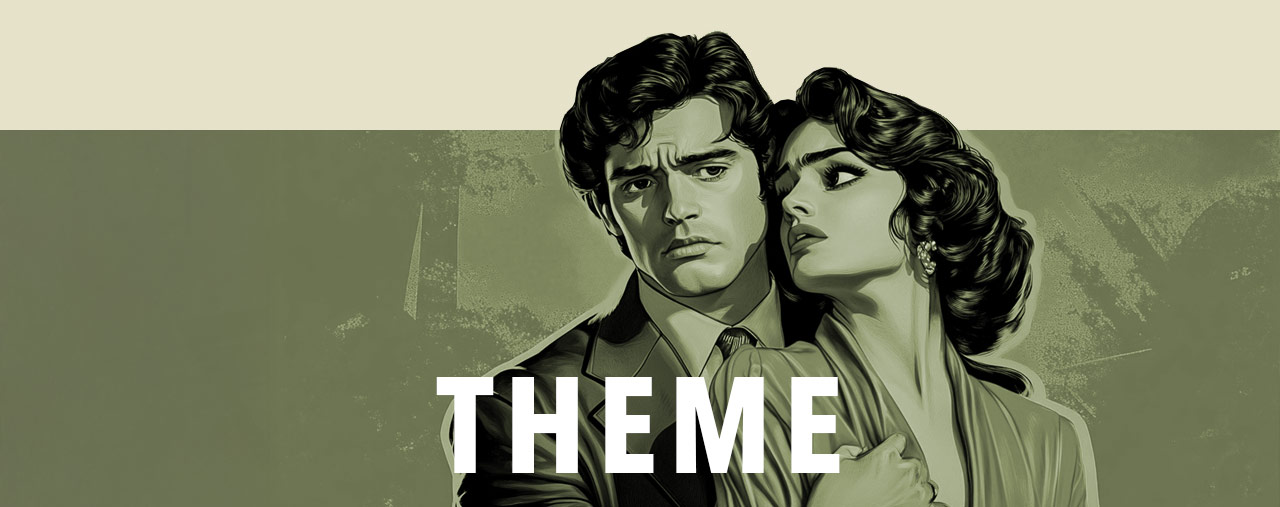
Screenwriting Theme tips.
The Hollywood Writers Group Quick Sheets are a free public resource to support screenwriters in their creative endeavors. We hope you find our Theme tips helpful, and wish you the best on your own unique journey.
Download a free copy of this quick sheet below.
"If you focus on what you left behind, you will never be able to see what lies ahead."
(includes our Theme worksheet.)
Interested in updates to our quick sheets? Scroll to the bottom of this page.
New quick sheets are released every 2 weeks.
THEME
Table of Contents
Foundational Principles
Screenwriting logline tips.
Starting your screenplay with a theme gives your story purpose and cohesion. Here’s why it’s a smart move:
1. It keeps your story focused.
When you know what your story is about at a deeper level—beyond plot—you make decisions that support that core idea. Every scene, conflict, and character arc can be aligned with your theme.
2. It guides your character arcs.
Theme often drives a character’s inner journey. For example, if your theme is about forgiveness, your protagonist might start with resentment and grow toward grace. That emotional throughline creates resonance.
3. It helps you avoid cliché.
Instead of just following genre tropes, theme helps you write something personal. Two action movies can have the same plot, but a theme like “the cost of revenge” or “freedom vs. control” will give yours a unique voice.
4. It gives your story emotional weight.
Plot gets the audience’s attention. Theme makes them feel. It’s what sticks with them after the credits roll.
5. It makes your rewrite easier.
Once you have a theme, it’s a tool you can use to trim the fat. Ask: Does this moment support what the story is really about?
Bottom line:
Writing with a theme from the start doesn’t restrict creativity—it sharpens it. It helps you tell a story that’s not just entertaining, but meaningful.
Final thoughts:
- Loglines sell the story concept concisely to producers.
- Taglines attract audience attention for marketing.
- Synopses briefly summarize the entire plot for decision-makers.
- Summaries (Treatments) detail the entire narrative clearly for deeper understanding or approval.
The Right Questions
Screenwriting logline tips.
Asking the right questions about theme can deepen your screenplay at every level. Here are some of the most important and valuable ones to ask during the writing process:
CORE QUESTIONS ABOUT THEME
- What is my story really about beneath the plot?
- Not just what happens, but what truth, question, or conflict of values is being explored?
- What belief does my protagonist hold at the beginning—and how does it change (or not)?
-
- This helps connect the theme to your character arc.
- Does the ending affirm, challenge, or subvert the theme?
-
- What emotional or philosophical statement does the final scene make?
THEME & CHARACTER DEVELOPMENT
- Do my supporting characters represent different sides of the theme?
- This adds conflict and nuance (e.g., in The Dark Knight, Joker and Harvey Dent are thematic foils to Batman).
- Is the antagonist a personification of the opposing view to the theme?
-
- A great villain challenges the protagonist’s worldview and forces growth.
- What choice must the protagonist make that reflects the theme?
-
- This is often the turning point or climax.
THEME & SCENE WRITING
- Does each major scene test or explore the theme in some way?
- Ask: How does this scene relate to what the story is about at its core?
- Are there moments where the theme is expressed through subtext or visuals instead of dialogue?
-
- Theme is strongest when it’s felt, not explained.
- Are there repeated images, motifs, or metaphors that reinforce the theme?
-
- Repetition gives your story rhythm and symbolic power.
THEME & STRUCTURE
- Is the theme clear in all three acts?
- Act 1: Introduce the theme.
- Act 2: Test the theme through choices and conflict.
- Act 3: Resolve the theme through transformation or consequence.
- Does the midpoint or low point force the protagonist to confront the truth of the theme?
- This is often the moment of reckoning—the theme goes from background to center stage.
- If I removed the theme, would the story lose emotional impact or meaning?
- If the answer is no, your theme might not be deeply embedded yet.
BONUS: BIG-PICTURE QUESTIONS
- Why is this theme personal to me?
- The more you care, the more honest and resonant the story becomes.
- What conversation am I starting with the audience?
- Theme invites reflection—it doesn’t have to answer the question, just explore it deeply.
- Could my theme still be understood if no one explained it?
- A good theme is felt, not preached.
Theme and Story Structure
Screenwriting logline tips.
Theme can strengthen and unify the three-act structure by giving your story a deeper sense of purpose and emotional progression. Here’s how it benefits each act:
ACT ONE – SETUP
Theme introduces the central question or idea.
- Your opening doesn’t just introduce characters and world—it also plants the seed of the theme.
- It can show what the protagonist believes (or lacks) before they’re tested.
Example:
In The Pursuit of Happyness, Chris believes that hard work equals success—a belief that’s challenged throughout the film.
Theme: Perseverance in the face of adversity.
Benefit: The theme gives your inciting incident and character motivation meaning, not just motion.
ACT TWO – CONFRONTATION
Theme drives conflict, choices, and character growth.
- Midway through, your character faces obstacles that challenge their core belief.
- Supporting characters can reflect different views of the theme, creating tension and emotional depth.
- The midpoint or lowest point often confronts the protagonist with a truth they don’t want to face—but must.
Example:
In The Matrix, Neo is pushed to choose between illusion and reality.
Theme: Freedom vs. control.
The second act tests whether he truly believes he’s “The One.”
Benefit: Theme keeps the middle from sagging. It provides a compass for raising stakes and deepening character arcs.
ACT THREE – RESOLUTION
Theme culminates in a final choice or transformation.
- The climax is your character answering the thematic question through action.
- The resolution reveals how their belief system has changed (or failed to change), based on what the story argued.
Example:
In Dead Poets Society, Todd finally stands up and says “O Captain, my Captain.”
Theme: Finding your voice / non-conformity.
The story resolves with characters choosing to either embrace or reject that theme.
Benefit: A strong theme makes your ending emotionally satisfying—it feels like everything mattered.
The Bottom Line:
Theme gives structure meaning.
- Act 1: Introduce the theme.
- Act 2: Test the theme through conflict and choice.
- Act 3: Pay off the theme through transformation or failure.
You don’t need to be heavy-handed—but when theme and structure work together, your story resonates long after the credits roll.
Learn more about story structure here. https://hollywoodwritersgroup.com/quick-sheets-structure-screenwriting/
The Role of Emotion
Screenwriting logline tips.
Emotion plays a crucial role in defining and delivering a theme because theme is not just what your story says—it’s what your audience feels.
Here’s why emotion matters:
-
Theme is felt, not told
- A theme like “the pain of isolation” or “the cost of ambition” means nothing unless the audience feels it through the character’s experiences.
- Emotion makes your theme real, not just intellectual.
Example:
In Up, the theme is letting go of the past to embrace new adventures.
You don’t just hear that—you feel it when Carl looks through Ellie’s scrapbook and realizes she cherished their ordinary life.
2. Emotion connects the theme to character arcs
- A character’s emotional journey—what they love, fear, lose, or long for—reveals the theme in action.
- The stronger the emotions, the more clearly the theme resonates.
Example:
In Good Will Hunting, Will’s fear of vulnerability is tied to the theme of emotional healing through connection.
Sean’s line—“It’s not your fault”—hits hard because it unlocks real emotional catharsis.
3. Emotion guides your audience’s takeaway
- Audiences may not remember the plot—but they remember how it made them feel.
- That emotional memory is your theme in action.
It tells them: This story was about love. Or grief. Or hope. Or regret.
Example:
In Eternal Sunshine of the Spotless Mind, the theme is love persists even through pain and memory loss.
What stays with viewers isn’t the sci-fi premise—it’s the bittersweet emotion of choosing to love again, knowing it might end.
4. Emotion helps you avoid preachy writing
- If you try to state a theme directly (“this is about forgiveness”), it can sound forced.
- But if the audience feels a character’s emotional struggle to forgive, the theme lands naturally—without explanation.
Example:
In Manchester by the Sea, the theme is some wounds don’t heal—but you can still move forward.
That theme is delivered emotionally, through grief, silence, and moments of quiet humanity—not speeches.
5. Emotion gives you storytelling clarity
- When you’re lost in plot mechanics, ask:
“What should the audience feel right now?”
That emotional intention can steer your writing back toward theme.
Points to Remember:
|
Why Emotion Matters |
How It Affects Theme |
|
It makes theme visceral |
Audiences remember how it felt |
|
It drives character transformation |
Arcs align with emotional stakes |
|
It avoids didactic writing |
Theme is shown, not told |
|
It guides your creative choices |
Emotion clarifies what matters most |
Theme without emotion is theory.
Theme with emotion is story.
Protagonists & Antagonists
Screenwriting logline tips.
The protagonist and antagonist are the primary forces that shape how a theme is expressed, tested, and ultimately resolved in a screenplay. They don’t just drive the plot—they embody opposing ideas about the story’s core message.
Here’s how they affect theme:
-
They Represent Conflicting Beliefs
- The protagonist typically starts with a flawed or incomplete belief related to the theme.
- The antagonist represents the opposing worldview or the obstacle to the protagonist’s growth.
Example:
In Black Panther,
- T’Challa believes in protecting Wakanda through isolation.
- Killmonger believes in weaponizing Wakanda’s power to liberate the oppressed.Theme: Responsibility vs. revenge / What does true leadership look like?
2. Their Conflict Tests the Theme
The central conflict between protagonist and antagonist puts the theme under pressure—forcing the protagonist to confront uncomfortable truths and make meaningful choices.
Example:
In Dead Poets Society,
- Mr. Keating (mentor/protagonist) inspires freedom and non-conformity.
- The school system/authority (antagonist) demands obedience.
Their clash forces students to choose between safety and self-expression.Theme: Individualism vs. conformity.
3. They Shape the Emotional Stakes of the Theme
The more personal and ideological the conflict, the more powerful the theme becomes.
Example:
In Whiplash,
- Andrew (protagonist) wants greatness.
- Fletcher (antagonist) believes abuse and fear are the only path to greatness.Their relationship becomes a meditation on ambition, sacrifice, and abuse.
4. They Drive the Theme Toward a Resolution
- The climax usually revolves around a final decision that answers the thematic question—often through a confrontation between protagonist and antagonist.
- The outcome shows which belief “wins”—or if the truth lies somewhere in between.
Example:
In The Dark Knight,
- Joker tries to prove that everyone is corruptible.
- Batman chooses not to kill him and takes the fall for Harvey Dent.
Theme: Moral compromise vs. idealism in the face of chaos.
5. They Can Blur the Lines
In layered stories, the antagonist may have a valid point, and the protagonist may not be entirely “right.” This complexity makes the theme richer and more thought-provoking.
Example:
In The Social Network,
- Zuckerberg (protagonist) creates something revolutionary.
- His former friends (antagonists) challenge his integrity.
Theme: Success vs. friendship / Legacy vs. loyalty.
No one is completely wrong or right—which mirrors the moral ambiguity of the theme.
Points to Remember:
|
Element |
Role in Theme |
|
Protagonist |
Learns, embodies, or questions the theme |
|
Antagonist |
Opposes, challenges, or reveals flaws in that theme |
|
Their conflict |
Tests and explores the theme |
|
Their resolution |
Answers the central thematic question |
The Impact on Dialogue
Screenwriting logline tips.
Adhering to your theme can significantly strengthen your dialogue—making it sharper, more meaningful, and more memorable. Here’s how:
-
Dialogue becomes purposeful.
Every line can reinforce or challenge the theme.
When characters speak, they’re not just pushing the plot—they’re revealing ideas that support or conflict with the story’s core.
Example: In The Dark Knight, Joker’s lines constantly challenge Batman’s morality:
“You have nothing, nothing to threaten me with. Nothing to do with all your strength.”
He’s not just taunting Batman—he’s hammering the theme of order vs. chaos.
2. Characters develop opposing viewpoints.
Theme-driven dialogue creates conflict with substance. Characters aren’t just arguing—they’re debating the story’s central truth.
Example: In Whiplash, Fletcher defends his abusive teaching style:
“There are no two words in the English language more harmful than ‘good job.’”
This pushes the theme: What’s the cost of greatness?
3. Subtext becomes richer.
When you know your theme, characters don’t need to say everything outright.
Subtext can hint at beliefs, fears, or values that tie back to your message.
Example: In Marriage Story, Charlie and Nicole’s fight isn’t just about custody—it’s about identity and self-worth.
The words are sharp, but the theme gives them emotional weight.
4. Recurring motifs and phrases feel intentional.
The theme can echo throughout your dialogue, giving your script a rhythm and resonance.
Example: In The Truman Show, lines like,
“We accept the reality of the world with which we are presented,”
reinforce the theme of freedom vs. control—without being on-the-nose.
5. Audience takeaway becomes clearer.
Dialogue shaped by theme helps the audience understand what the story is about, even if they don’t consciously realize it.
Example: In Good Will Hunting:
“You’re just a kid. You don’t have the faintest idea what you’re talking about.”
Sean’s words challenge Will’s emotional detachment—supporting the theme of vulnerability and human connection.
Final Thought:
Theme gives your dialogue direction and weight. It lets your characters speak not just to each other, but to the story’s soul.
Examples of Theme
Screenwriting logline tips.
Here are five well-known films where the theme shaped the entire story:
-
The Godfather (1972)
Theme: Family vs. Power / Corruption of the American Dream
- Michael doesn’t want to be part of the family business, but as he tries to protect his family, he becomes exactly what he feared.
- Every choice he makes, every death, every betrayal ties back to the theme: What is the cost of power?
2. Inside Out (2015)
Theme: You can’t have joy without sadness.
- The plot follows Joy trying to suppress Sadness, believing happiness is the only goal.
- But the story reveals that true emotional well-being comes from embracing all feelings.
- The theme guides the emotional logic of the world and the character growth.
3. Whiplash (2014)
Theme: The price of greatness
- Andrew pushes himself beyond limits to become a jazz legend.
- Fletcher represents the ruthless teacher who believes abuse breeds excellence.
- The story never answers whether the price is worth it—it just forces you to sit with the question.
4. Get Out (2017)
Theme: Racism disguised as liberalism / Loss of autonomy
- The horror isn’t just physical—it’s social. The story confronts “smiling” racism that hides under progressive language.
- Every scene—from the party to the auction to the “sunken place”—reflects this theme of identity, control, and systemic exploitation.
5. The Pursuit of Happyness (2006)
Theme: Perseverance in the face of adversity
- Chris Gardner’s journey is powered by hope and determination.
- The movie never strays from showing the reality of poverty, but the theme keeps the audience rooting for him.
6. The Dark Knight (2008)
Theme: Order vs. Chaos / The moral cost of justice
- Batman, the Joker, and Harvey Dent all embody different responses to this theme.
- The story constantly tests how far someone should go to protect society—and at what personal cost.
7. Her (2013)
Theme: Loneliness and the search for connection
- The futuristic setting is just a backdrop; the emotional core is about the human need to be seen and loved.
- Theodore’s relationship with an AI explores how real connection can feel, even if it’s artificial.
8. The Social Network (2010)
Theme: Ambition vs. Friendship / Legacy vs. Loyalty
- Zuckerberg wants to matter—at the cost of every meaningful relationship.
- The theme drives the betrayal, the legal battle, and the tragic tone.
9. Parasite (2019)
Theme: Class division and the illusion of mobility
- The literal separation of spaces (upstairs vs. downstairs) reflects the divide between rich and poor.
- Every twist deepens the central question: Can someone ever truly rise above their station?
10. The Truman Show (1998)
Theme: Freedom vs. control / Authenticity vs. illusion
- Truman’s entire life is a lie, but he begins to question reality.
- The story is structured around his gradual awakening—driven by a theme of personal truth and autonomy.
11. Eternal Sunshine of the Spotless Mind (2004)
Theme: The pain and beauty of memory and love
- Joel and Clementine try to erase their memories, but love keeps pulling them back.
- The nonlinear structure reflects the fragmented, emotional nature of memory itself.
12. Jaws (1975)
Theme: Man vs. Nature / Fear of the unknown
- The shark isn’t just a predator—it’s a symbol of primal fear.
- Brody’s journey becomes about confronting his own helplessness and responsibility.
13. American Beauty (1999)
Theme: The illusion of the American Dream / Repressed desire
- Lester breaks from conformity in a desperate grab for meaning.
- The film constantly contrasts outer appearances with inner emptiness.
14. Moneyball (2011)
Theme: Challenging the status quo / Finding value in the overlooked
- Billy Beane’s fight to build a winning team with data over tradition mirrors a deeper theme: redefining success.
15. The Lion King (1994)
Theme: Circle of life / Accepting responsibility
- Simba’s arc is about growing up and facing the consequences of running away.
- The “circle of life” isn’t just a song—it’s the spine of the story.
In each of these films, the theme isn’t just a message—it shapes the plot, the characters, the conflicts, and even the cinematic style.
If you’re starting a screenplay, ask:
